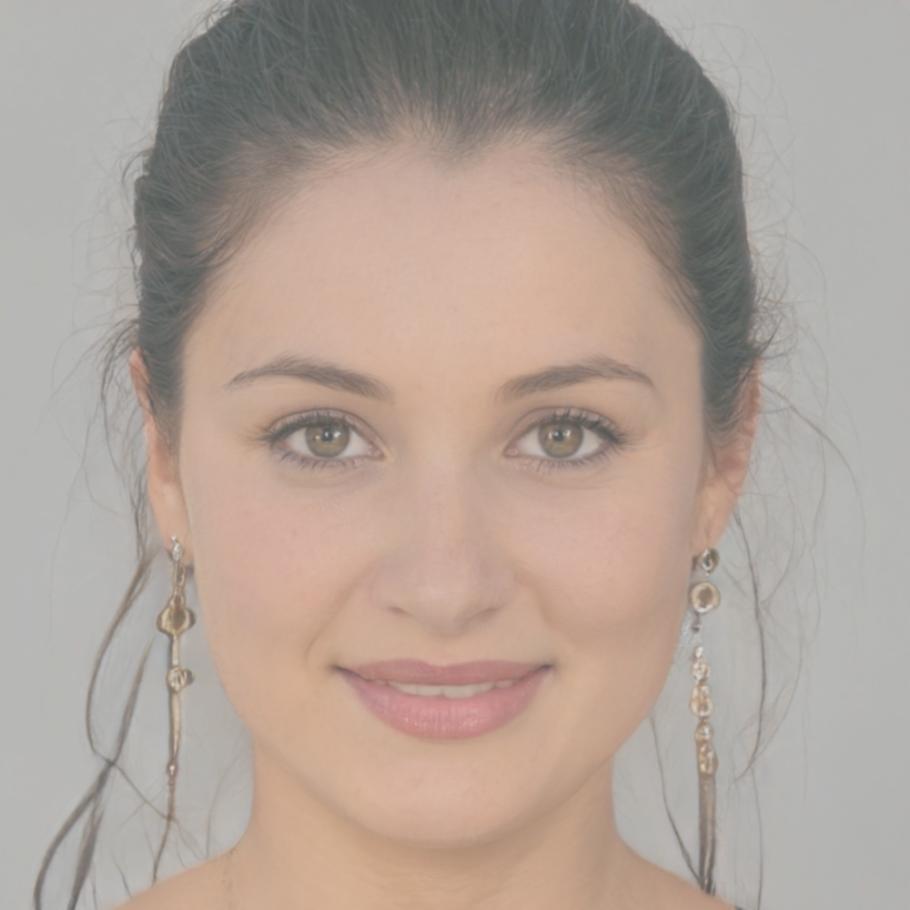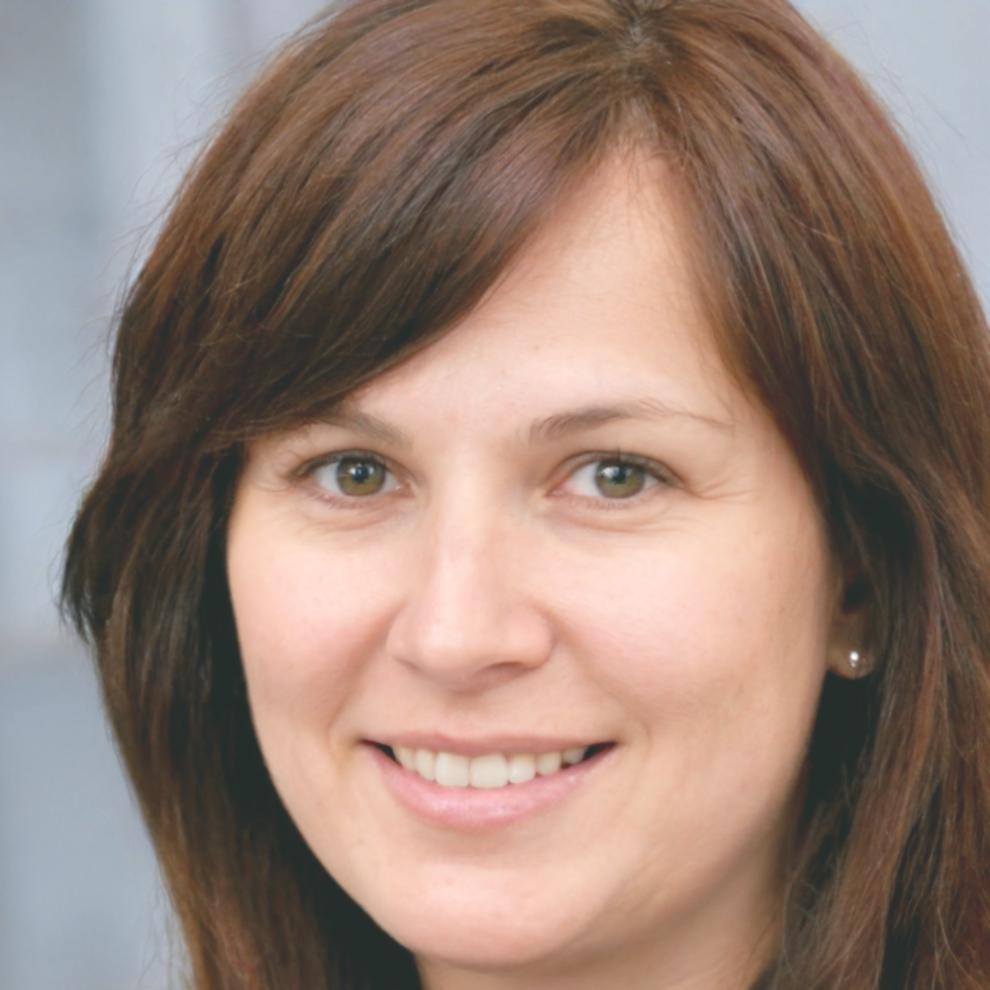Building Financial Expertise Since Day One
We started with a simple belief: complex financial modeling should be accessible to anyone willing to learn. Three years later, we're still here, still teaching, still believing in that same principle.
Why We Do What We Do
Back in 2022, we noticed something frustrating. Financial modeling courses either assumed you already knew everything, or they treated you like you'd never seen a spreadsheet before. There was no middle ground.
So we decided to build something different. Our approach focuses on practical application rather than theoretical perfection. We teach you to build models that actually work in real business situations — not just textbook examples.
"Every model tells a story. Our job is teaching you how to make sure it's the right story, told clearly and backed by solid reasoning."
What sets us apart? We don't promise overnight expertise. Instead, we offer structured learning paths that build genuine competency over time. Our students leave with skills they can actually use, not just certificates for their walls.


How We Work
These aren't corporate values we put on a wall. They're the principles that guide every course we design and every interaction we have with students.
Real-World Focus
Every exercise comes from actual business scenarios. We skip the theoretical fluff and focus on what you'll actually encounter in your career. Our case studies are based on real companies facing real challenges.
Iterative Learning
You don't learn financial modeling by memorizing formulas. You learn by building models, testing them, breaking them, and rebuilding them better. We embrace the messy reality of actual learning.
Outcome-Driven
We measure success by what you can actually do after completing our programs. Can you build a DCF model? Can you spot errors in existing models? Can you explain your reasoning clearly?
Individual Attention
Small cohorts mean personalized feedback. We know each student's strengths and challenges. When you're stuck on a concept, you get specific help, not generic responses.

Teodora Draganova
Head of Curriculum Development
Spent eight years building valuation models at investment firms before realizing she enjoyed teaching the concepts more than applying them. Now she designs our core curriculum and leads advanced modeling workshops.

Milena Stoyanova
Senior Financial Analytics Instructor
Former corporate finance analyst who specializes in making complex concepts accessible. She has a talent for explaining the 'why' behind modeling decisions that often gets overlooked in technical training.
Our Teaching Method
After working with hundreds of students, we've developed an approach that consistently produces competent financial modelers. Here's how it works.
Foundation Building
We start with core principles, not advanced techniques. Students master basic model structure, data organization, and error checking before moving to complex scenarios. This prevents the shaky foundation problem that plagues many programs.

Progressive Complexity
Each module builds naturally on the previous one. We introduce new concepts when students are ready, not according to arbitrary timelines. This reduces frustration and improves retention significantly.

Continuous Application
Theory without practice is useless. Students work on real modeling challenges throughout the program. By the end, they have a portfolio of completed models they can reference and improve upon.
Peer Collaboration
Financial modeling benefits from fresh perspectives. Students review each other's work, discuss different approaches, and learn to give and receive constructive feedback on technical work.